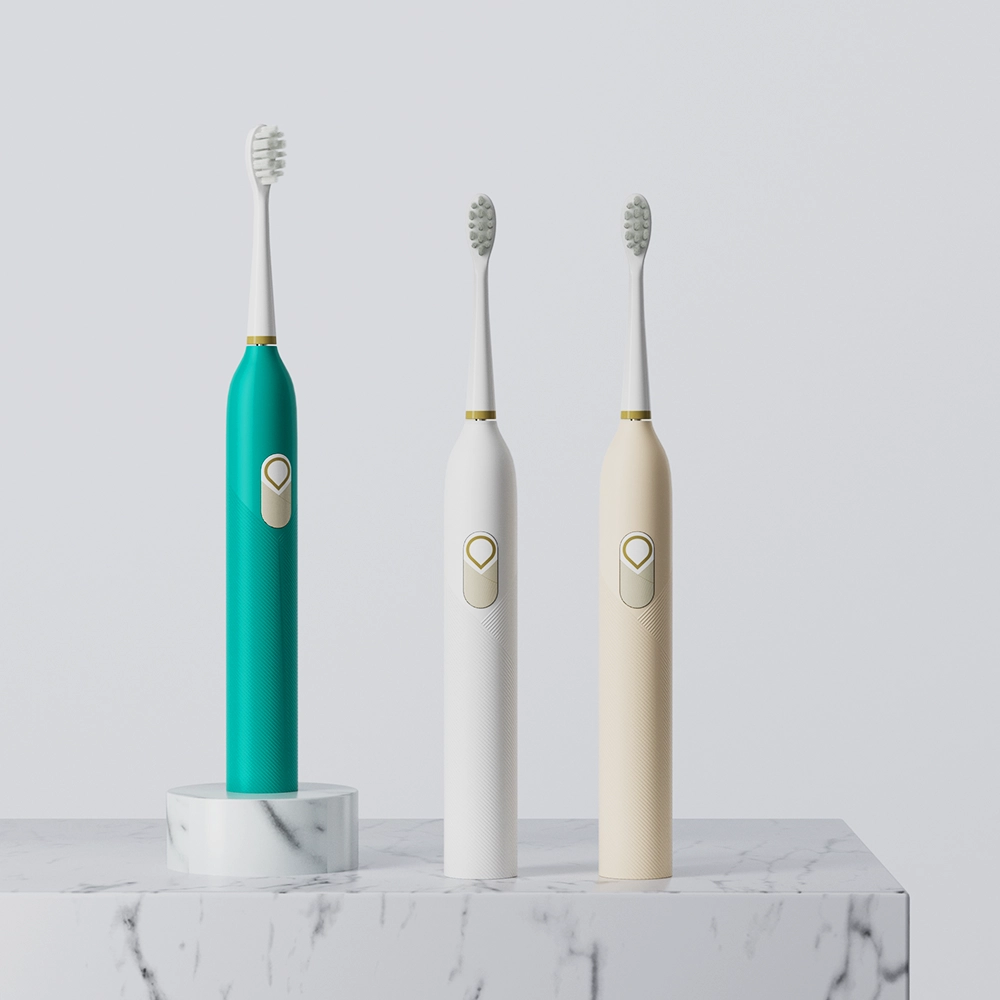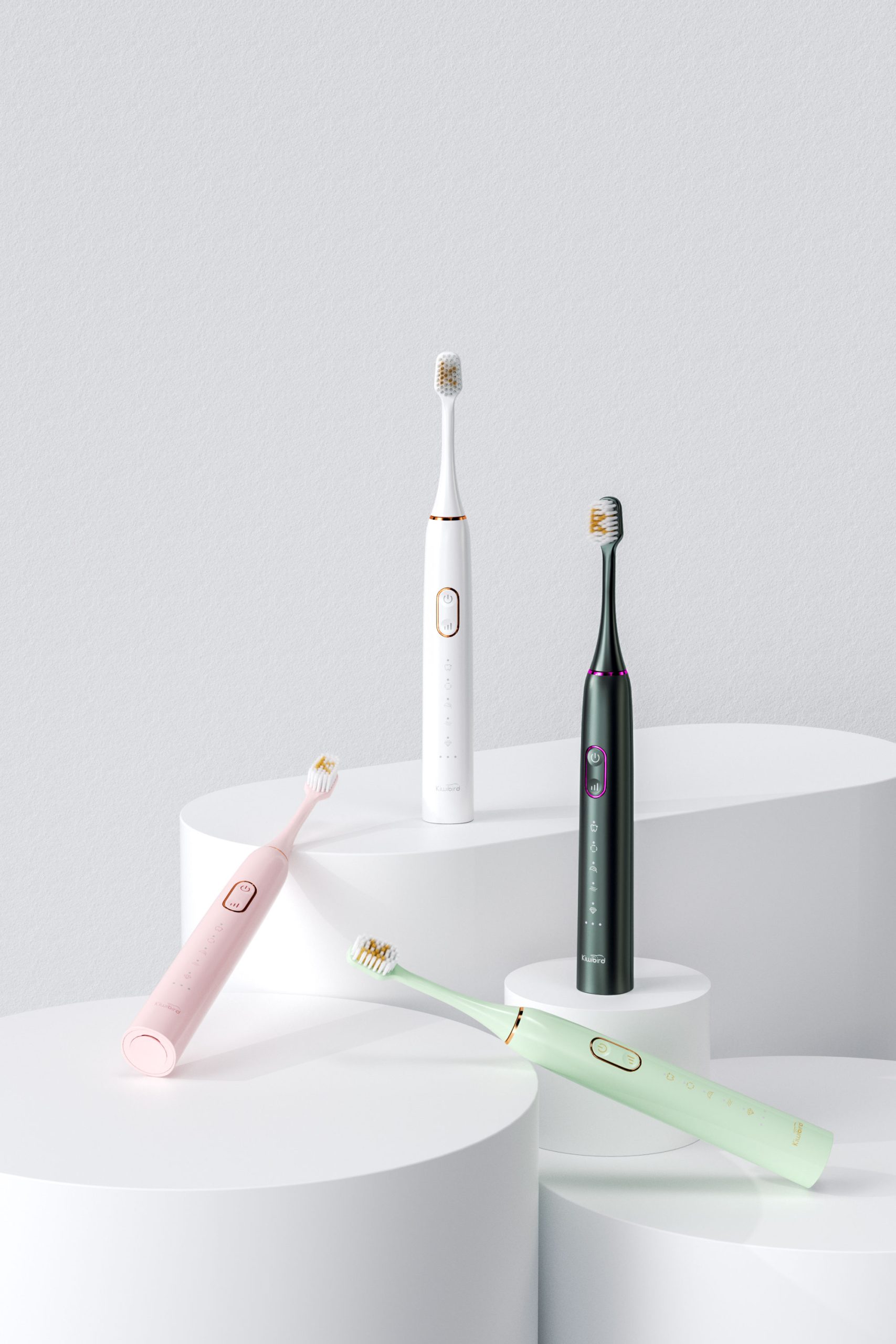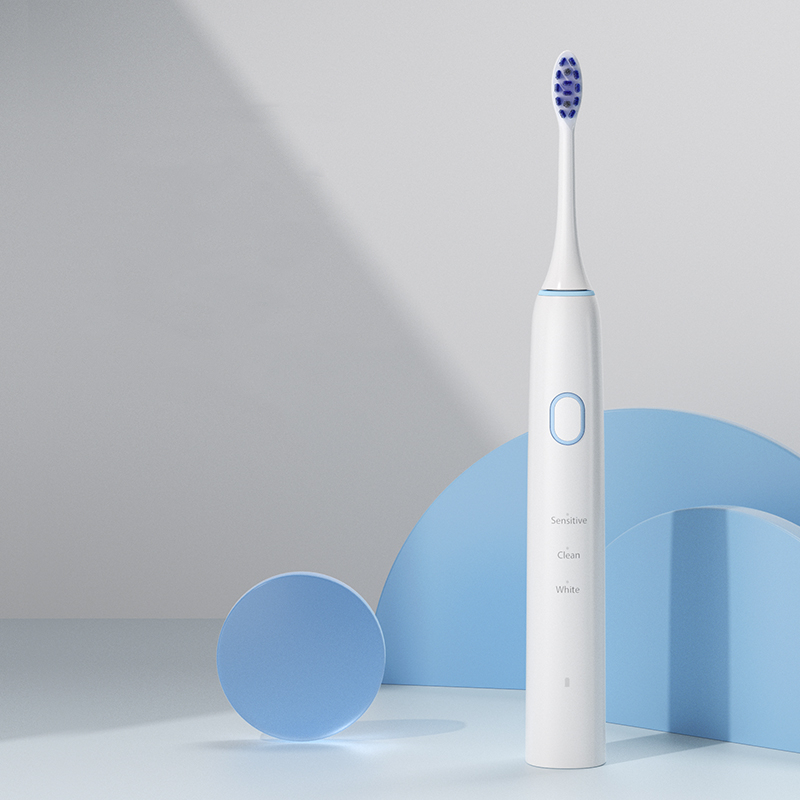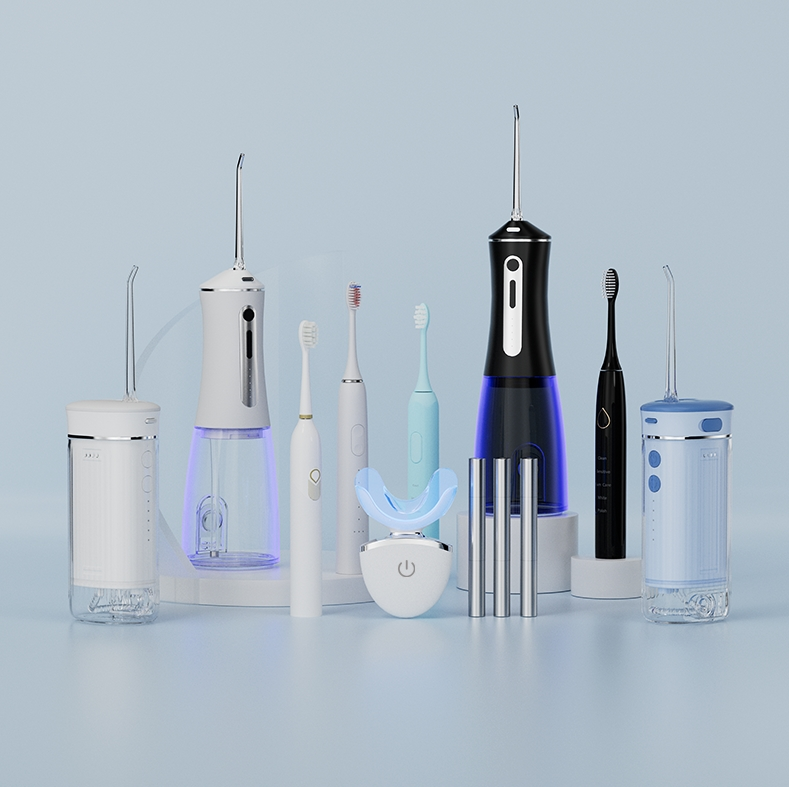It’s no secret that vibration decay and timer malfunction are two of the most frustrating performance issues users face with modern oral care devices. While each problem can compromise brushing effectiveness on its own, together they often signal that your product may be nearing the end of its usable life—or worse, that it was never engineered for consistent reliability in the first place.
In this article, we’ll break down what causes these issues, why they frequently occur in tandem, and how manufacturers can tackle them before customers decide it’s time to retire their devices.
Vibration decay is the progressive weakening of the device’s motor output over time. Instead of maintaining a steady, high-frequency motion, the device begins to:
Common causes include motor fatigue, battery degradation, or internal friction due to component wear.
The timer malfunction issue occurs when the device’s programmed cycle timer becomes unreliable. Symptoms often include:
Although this may seem minor compared to motor problems, accurate timing is essential for ensuring consistent oral hygiene and protecting the device from overuse.
Vibration decay and timer malfunction are frequently linked because they share underlying causes:
Once these issues appear simultaneously, they indicate that internal degradation is reaching a critical threshold.Company web: https://www.powsmart.com/product/electric-toothbrush/
For consumers, encountering both problems can be frustrating and confusing:
Manufacturers who ignore these complaints risk negative reviews, higher return rates, and damage to their reputation.
Leading brands prevent vibration decay and timer malfunction through:
In addition, clear maintenance guidelines help customers avoid early failures.
While some cases of vibration decay and timer malfunction can be remedied through component replacement or firmware updates, persistent or worsening issues typically indicate it’s time to retire the device. Manufacturers should provide clear guidance to distributors and consumers on:
Transparent communication builds credibility and customer loyalty.
If your oral care device is suffering from both vibration decay and timer malfunction, it’s a clear signal that proactive measures are overdue. Addressing these problems through smart design, quality components, and robust testing ensures your products deliver consistent, dependable performance throughout their lifespan.
Ready to explore how next-generation engineering can prevent these failures? Contact our technical team today for tailored support and innovative solutions.Contact us


Wire Fraying Plus Tooth Graying – Silent Threat?

Electric Toothbrush with Bass Brushing Technology – 45-Degree Angle Cleaning
Gel Leakage with Enamel Translucency – Permanent Damage?
Mode Confusion Worsening Runtime Shortening – Fixable?

Is a TSA Friendly Toothbrush with Portable Toothbrush Case Truly Hassle-Free at Airports?
Circuit Shorting with Nerve Inflammation – Emergency?

Is Whitening Possible for Sensitive Teeth?

How Does a Pressure Sensor Protect Gums?
Taste Loss After Mucosal Burns – Whitening’s Cost?
.jpg)
Whitening & Polishing Electric Toothbrush – OEM/ODM Services

Low noise sonic technology for quiet electric toothbrush manufacturing
Seal Degradation Plus Battery Swelling – Safety Risk?

Why Electric Toothbrush & Water Flosser Bundles Sell Better
Charge Failure Triggering Display Glitches – Connected?
Enamel Erosion with Cavity Acceleration – Vicious Cycle?
Battery Overheating Inducing Ear Discomfort – Dangerous?
.jpg)
Florida Electric Toothbrush – Powsmart PTR-C8

electric toothbrush heads Regular Clean

electric toothbrush heads Ultra Soft

electric toothbrush heads Charcoal Infuse-Round

electric toothbrush heads Deep Clean

Private Label Whitening Gel

Electric toothbrush heads Charcoal Infused-Diamond

Customization Teeth Whitening Gel
whstapp
whstapp
National Toll-Free Service Hotline
+86 755 86238638